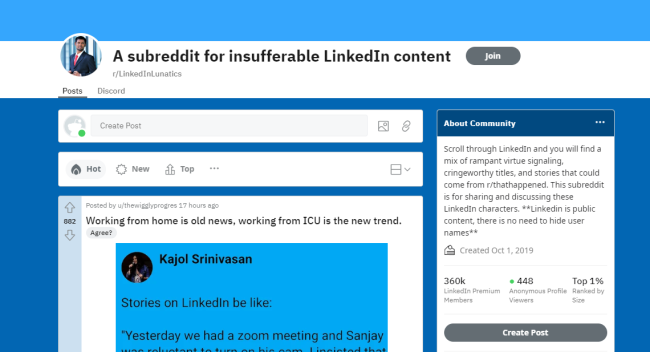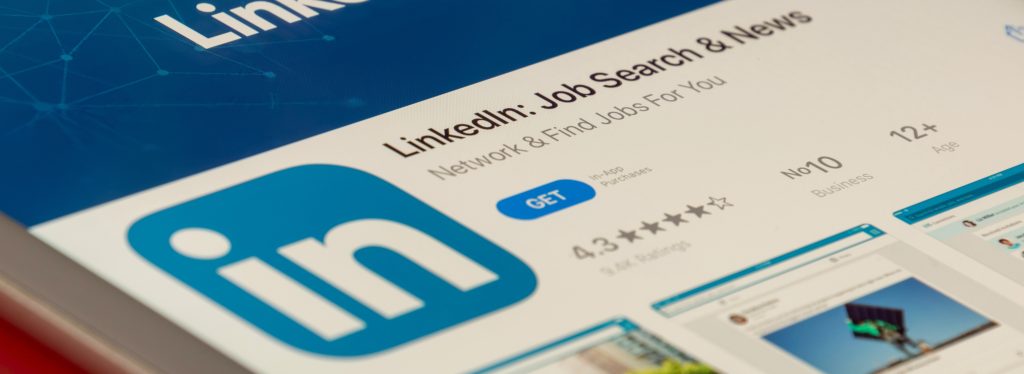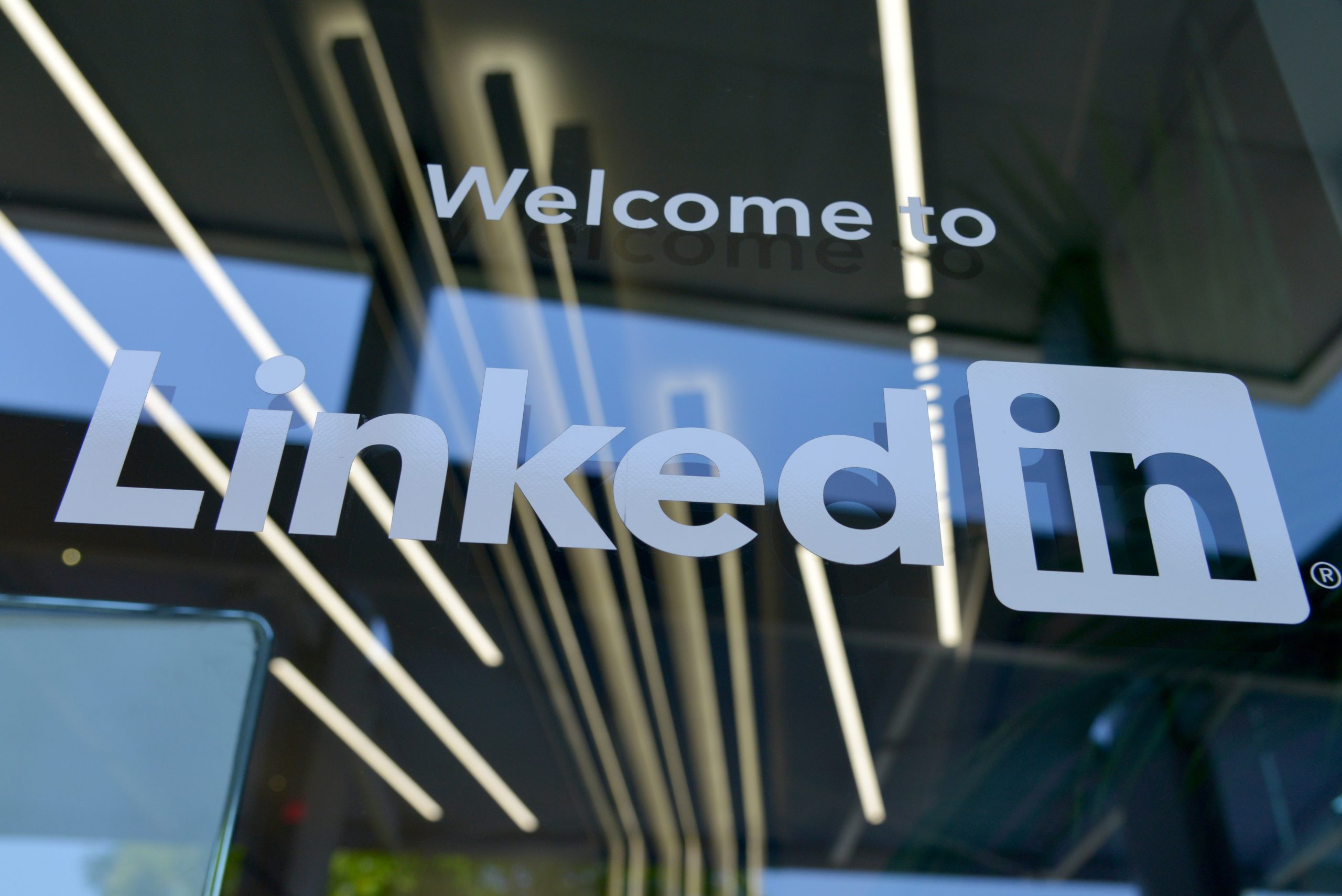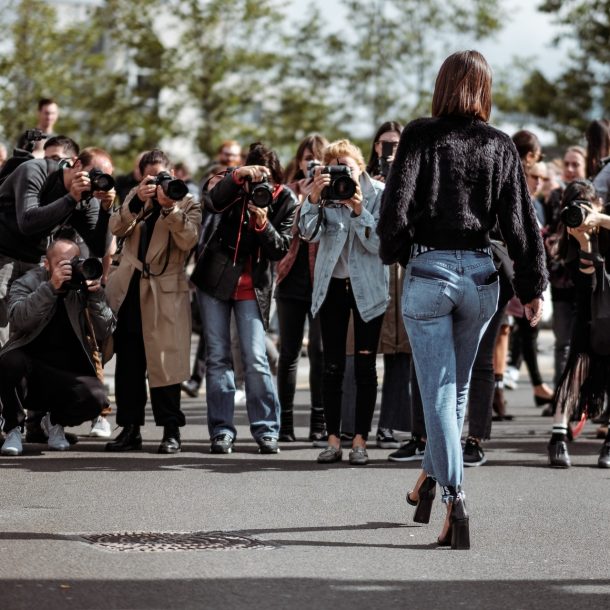LinkedIn, once a niche platform dedicated to professional networking, has witnessed a remarkable transformation in its user behaviour and content. With users spending more time on the platform and the nature of posts diversifying, the boundaries of professional and personal are becoming increasingly blurred.
LinkedIn has steadily risen as a preferred social media site. As other networks face challenges, LinkedIn is emerging as a platform where users genuinely want to engage and share their thoughts. Despite not reporting its number of daily or monthly average users, LinkedIn has indicated a 41% increase in content sharing this year compared to 2021. This growth is significant for a platform that’s been around for two decades.

The platform, which has always been viewed as the more serious counterpart to platforms like Facebook and Twitter, has started to embrace a more relaxed and social approach. This change began before the pandemic but intensified as work-life boundaries became more fluid during the global crisis.
LinkedIn’s product team has been proactive, introducing tools for newsletters, podcasting, and video creation. Unlike its counterparts, LinkedIn doesn’t frequently alter its algorithm, focusing instead on ‘knowledge-based’ content.
This strategy seems to be paying off, with LinkedIn’s revenue tripling over the past five years to $15 billion. LinkedIn’s engagement metrics are also impressive. The platform sees over 8 million posts and comments daily and has witnessed a 40% increase in content engagement from July 2021 to 2022. LinkedIn’s focus on supporting ‘creators’ has also intensified, with tools like newsletters seeing a tenfold increase in user adoption year over year.

Unsplash
The platform’s connection to the professional realm solidifies its importance for users, particularly as the boundaries between personal and professional become indistinct. However, the result is a mix of professional and personal content that sometimes feels out of place.
There are various examples that demonstrate this shift. In recent years, many users have been increasingly engaging in virtue signalling, a behaviour where one demonstrates their good character or moral correctness. LinkedIn began to witness content reminiscent of what one might find on Facebook, blurring the lines between personal anecdotes and professional updates.
 The LinkedInLunatics subreddit perfectly highlights some of these out-of-place posts, such as those promoting a hyperproductive hustle culture, or stories drawing professional lessons from children’s actions. One particularly striking example was a post about a man who humorously claimed to have cooked raw chicken in a hotel coffee pot to save company expenses during a business trip. While intended as a joke, some users mistook it for a genuine anecdote, further emphasising the confusion caused by such personal content on a platform designed for professional interactions.
The LinkedInLunatics subreddit perfectly highlights some of these out-of-place posts, such as those promoting a hyperproductive hustle culture, or stories drawing professional lessons from children’s actions. One particularly striking example was a post about a man who humorously claimed to have cooked raw chicken in a hotel coffee pot to save company expenses during a business trip. While intended as a joke, some users mistook it for a genuine anecdote, further emphasising the confusion caused by such personal content on a platform designed for professional interactions.
Interestingly, amidst these changes, there’s a marginal yet captivating trend of LinkedIn being used for dating. Many women have experienced unsolicited advances on the platform. A survey revealed that 91% of women had received romantic or inappropriate messages on LinkedIn. Some express the concern that such behaviour could deter women from using the platform, limiting their networking opportunities. Reportedly, the company has taken steps to address this, using machine learning to detect and hide potentially inappropriate messages.
 LinkedIn’s journey reflects the broader shifts in the digital networking landscape. Given the evolving nature of content on LinkedIn, marketers should recognise the platform’s shift towards more personal and relatable content. While maintaining professionalism is crucial, there’s an opportunity to humanise brands and engage audiences with authentic stories and genuine interactions. This blend of professional and personal can foster deeper connections and trust. However, striking the right balance is key to ensure that content remains relevant and appropriate for the platform, avoiding the pitfalls of being perceived as out-of-place or insincere.
LinkedIn’s journey reflects the broader shifts in the digital networking landscape. Given the evolving nature of content on LinkedIn, marketers should recognise the platform’s shift towards more personal and relatable content. While maintaining professionalism is crucial, there’s an opportunity to humanise brands and engage audiences with authentic stories and genuine interactions. This blend of professional and personal can foster deeper connections and trust. However, striking the right balance is key to ensure that content remains relevant and appropriate for the platform, avoiding the pitfalls of being perceived as out-of-place or insincere.
Sources
https://fortune.com/2023/02/27/linkedin-evolution-networking-job-site-cringe-posts/
LinkedInLunatics subreddit: https://www.reddit.com/r/LinkedInLunatics/
https://canadianbusiness.com/ideas/linkedin-used-for-dating-app/










